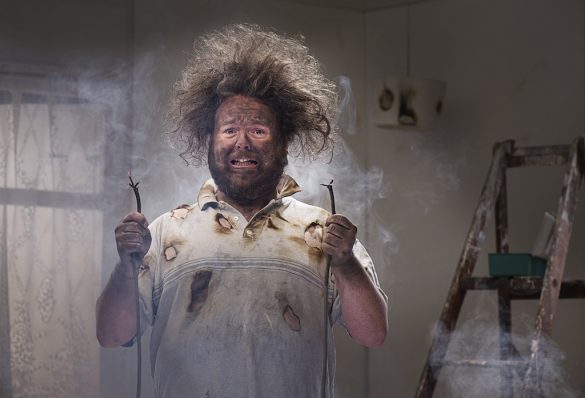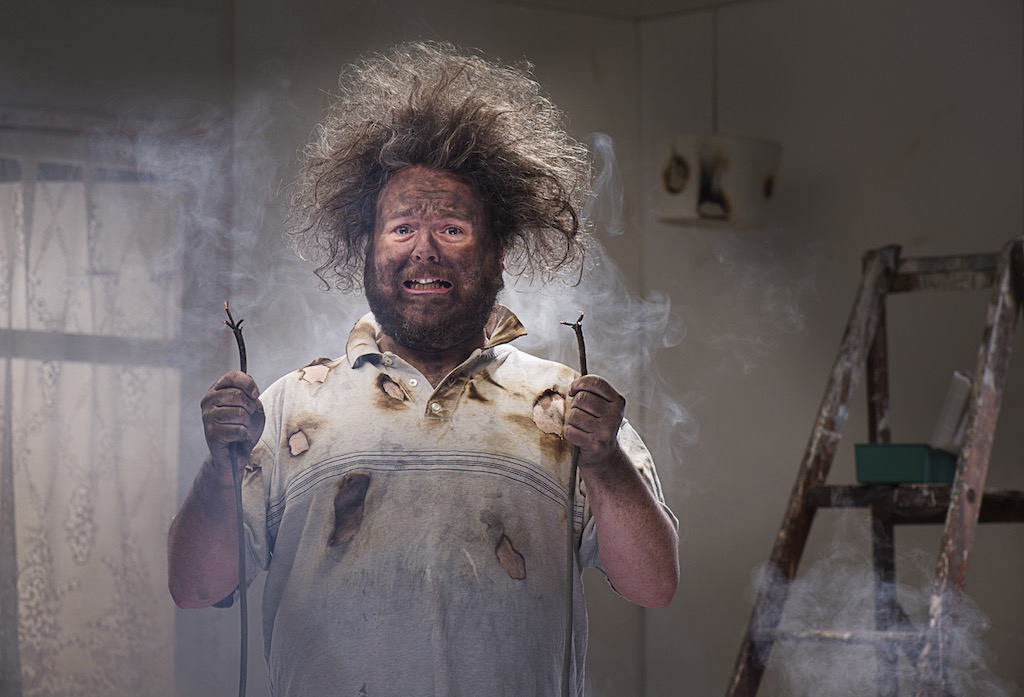
If your electrical wiring goes bad, what happens to the convenience of electricity in your house? As a homeowner, it is easy to take electricity for granted. It can be a challenge to remodel an older house, especially if most of the work has to be done behind walls. In the United States, 52% of houses were constructed before 1980, according to the National Association of Homebuilders. Nearly half of all homes were built before 1980. In older homes, faulty electrical wiring or outdated wiring are more likely to occur. You can schedule an appointment with Vetter’s Electric if you have any questions about your home’s wiring.
What is Faulty Electrical Wiring?
Wires that are faulty either have been damaged or have incorrect voltage flowing through them. An electrician may have cut corners on safety, or the wires may have deteriorated with age or have been damaged by rodents. In any case, it’s important to watch out for signs of bad wiring.
Can Faulty Wiring Increase Electric Bills?
A faulty wire may release more electricity than is necessary to run appliances when electricity does not flow properly. Due to the leakage, you will have to pay more for electricity each month.
Can Faulty Wiring Cause Fires?
You can not only drain your bank account with incorrect wiring, but you can also create a fire hazard by causing electrical surges in places that are not designed to handle the heat. Annually, 5,300 fires are caused by electrical outlets, according to the Consumer Product Safety Commission (CPSC).
5 Signs of Bad Wiring in a House
Residential electrical wiring issues are extremely common in America, as more than half of homes are at least 40 years old. Worried about the wiring in your house? Here are five ways to tell whether your wiring is in trouble.
- Frequently tripping circuit breakers. It’s not unusual to trip circuit breakers. It is precisely for this reason that we have them-to stop the flow of electricity when a circuit is overloaded. If breakers are frequently tripping, however, reducing the number of devices connected to the circuit is the first step. Replacing the circuit breaker is the next step. To avoid a fire hazard, the wiring should be inspected if neither of these measures resolves the problem. Alternatively, it might be that too many high-energy devices are overloading the circuit.
- Flickering lights. Look for light that flickers, buzzes, or dims. Electrical current is not flowing properly when you plug in an appliance and the lights dim. You should also listen for any light switches that buzz when they are turned on.
- Hot electrical outlets. Electric outlets that are hot, dark, or scorched may be caused by faulty wiring that sends too much power to them. A heat leak may be the cause. Electrical surges can cause appliances to burn, or – if severe enough – can cause a fire.
- Frayed or chewed wiring. If you notice frayed or chewed wiring, there’s more to worry about than rodents. The electrical circuit is open when the protective plastic covering is broken, exposing the wires. As a result, electricity can arc, which can cause electrical shocks and a fire.
- Burning or smoky smell. The wiring has already caused fire damage if you smell burning or see melting plastic near an outlet. Immediately unplug everything from the outlet and contact a licensed electrician to check the wiring.
Get Expert Help with Incorrect Electrical Wiring
It is important to take care of the things you can, and can’t, see in an aging home. You can do many basic repairs around your home, but some tasks require a professional’s expertise and experience. Vetter’s Electric can ensure your home is wired correctly. Using our expertise, we can identify any problems in your wiring and help you get them fixed for the safety of you and your family. Schedule an appointment with us today by phone or online.



